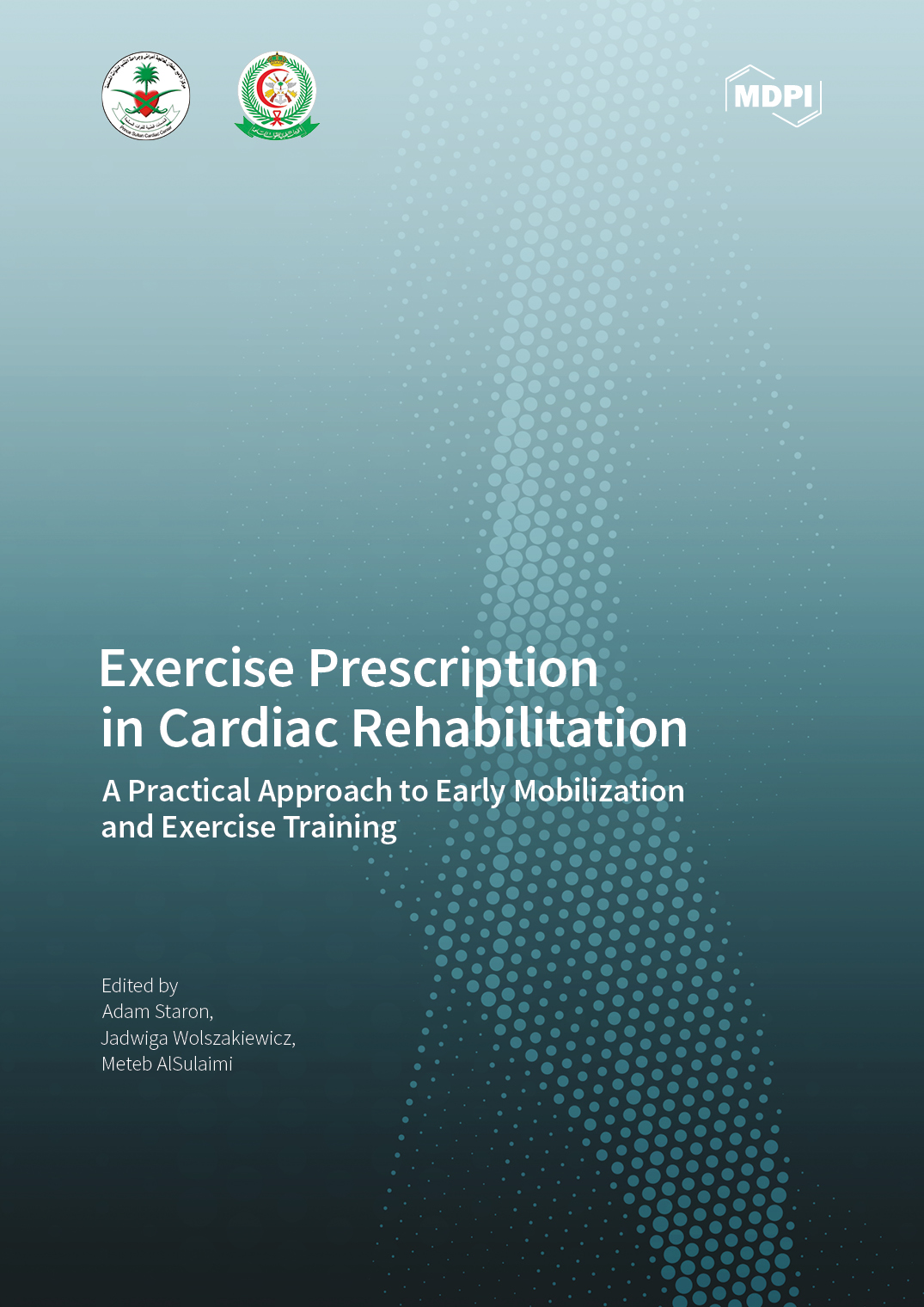Phase I—Early Mobilization
Bed rest and immobility have been the recommended standard of care following acute cardiac events for many decades. The implementation of early mobilization was gradual, from chair therapy in the 1940s, to several minutes of walks after four weeks of rest in the 1950s and mobilizing patients after 12 days of rest in the 1960s. A study conducted by Saltin in 1968 revealed the problem of the vicious cycle of prolonged hospital bed rest. Prolonged hospital bed rest contributes to decreased cardiac output; secondary complications such as deep venous thrombosis, pneumonia, pressure sores, a rapid loss of skeletal muscle mass, reduced strength, and a decline in aerobic capacity. Early mobilization means the initiation of mobilization activities as soon as clinical stability is achieved, typically with 1–2 days of admission, and has significant effects on the length of hospital stay and the readmission rate.
